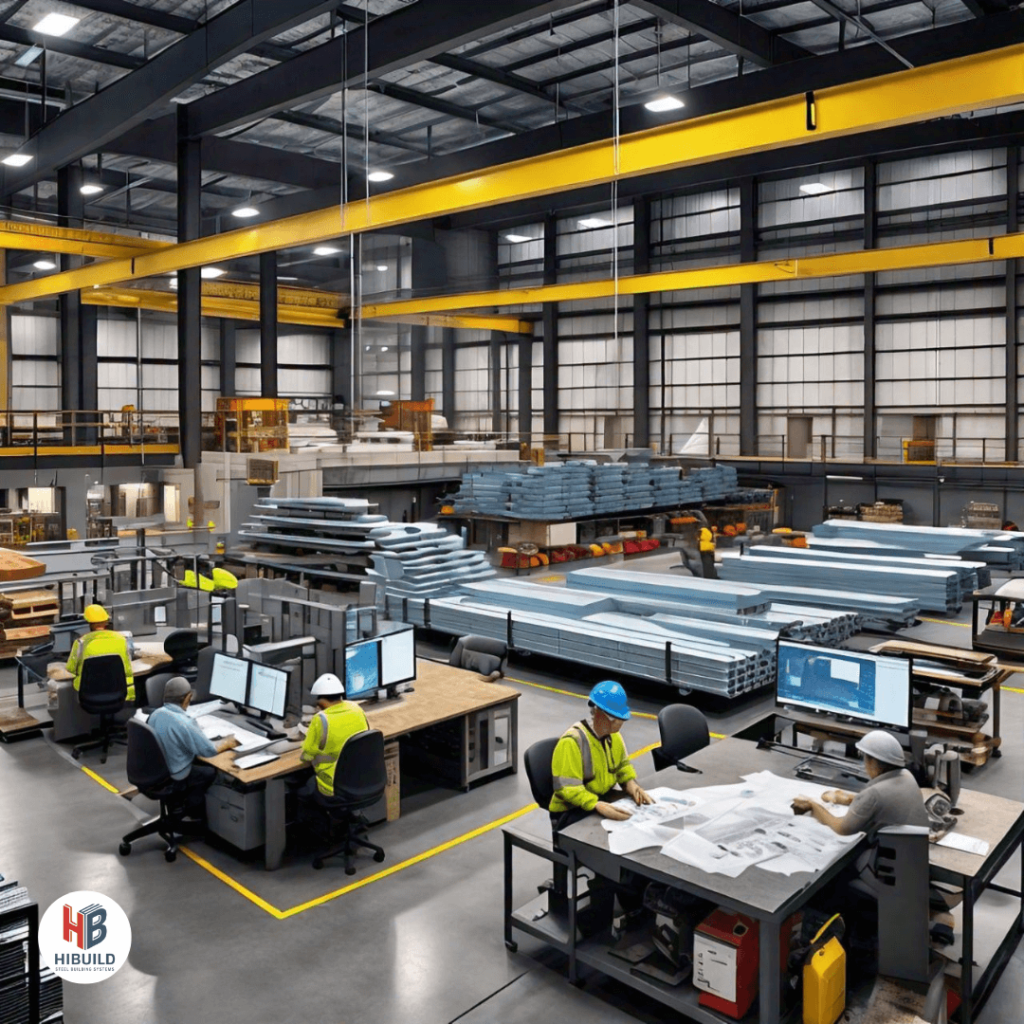1.Environmental Impact of Production:
Carbon Footprint: The production of carbon steel involves significant greenhouse gas emissions, primarily from the combustion of fossil fuels in steelmaking processes such as blast furnaces and electric arc furnaces.
Resource Intensity: Steel production requires large amounts of raw materials, including iron ore, coal, and limestone, leading to resource depletion and environmental degradation associated with mining and extraction.
2.Life Cycle Assessment:
Extraction and Processing: Mining and processing of raw materials contribute to habitat destruction, soil erosion, and water pollution.
Manufacturing: Energy-intensive processes like smelting and refining release pollutants such as sulfur dioxide and particulate matter, impacting air and water quality.
3.Sustainable Practices in Carbon Steel Manufacturing:
Recycling: Recycling scrap steel significantly reduces energy consumption and greenhouse gas emissions compared to primary steel production. Recycled steel can be used to produce new steel products, lowering demand for virgin materials.
Energy Efficiency: Adopting energy-efficient technologies and practices in steelmaking processes, such as improved furnace design, use of renewable energy sources, and waste heat recovery systems, reduces carbon emissions per ton of steel produced.
Water Management: Implementing water recycling and treatment systems minimizes water consumption and reduces the impact of steel manufacturing on local water resources.
Emissions Control: Installing pollution control technologies, such as electrostatic precipitators and scrubbers, helps mitigate air emissions from steel plants, improving air quality in surrounding communities.
4.Certifications and Standards:
Industry initiatives like ISO 14001 and responsible sourcing certifications promote sustainable practices and environmental stewardship in steel production.
Compliance with environmental regulations and continuous improvement in environmental performance are critical for minimizing the environmental footprint of carbon steel production.
5.Future Directions:
Research and development efforts focus on developing cleaner steelmaking technologies, such as hydrogen-based steel production and carbon capture and storage (CCS), to achieve carbon neutrality in steel production.
Collaboration across the steel industry, policymakers, and stakeholders is essential to drive innovation and transition towards sustainable steel manufacturing practices



